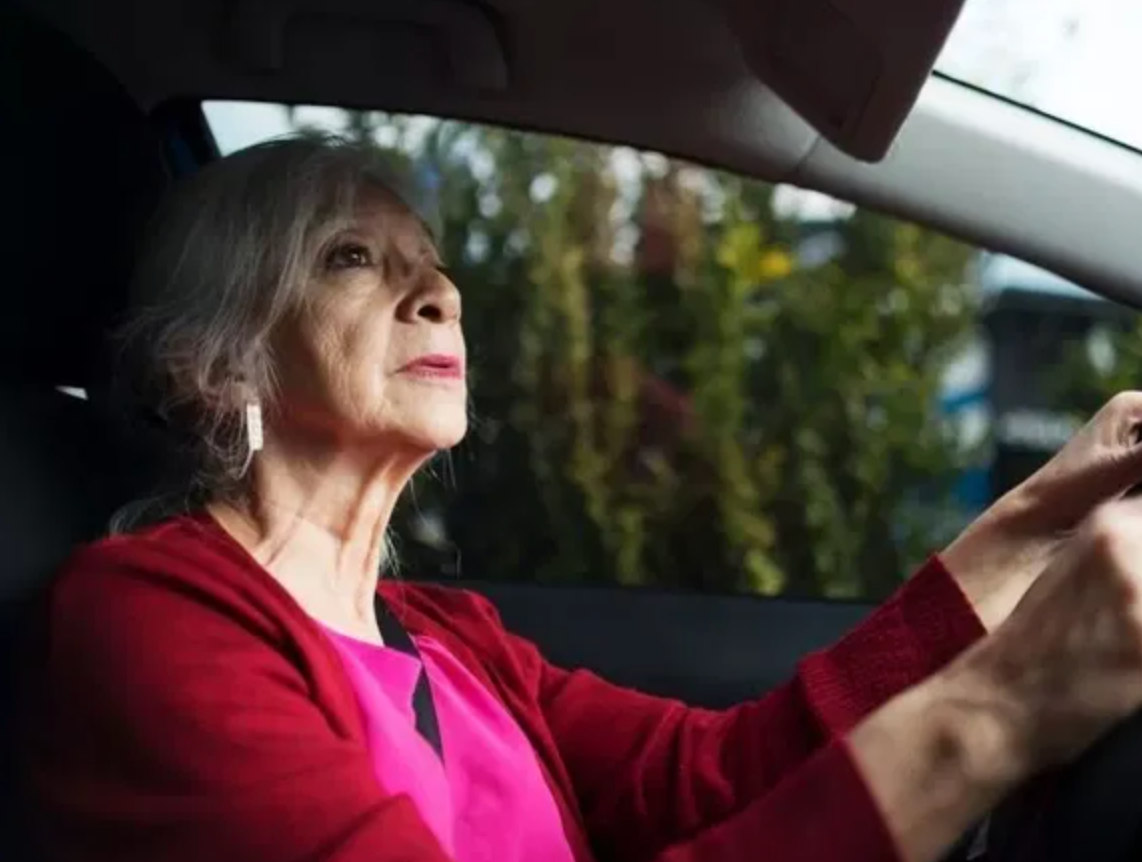Drivers Over 70 Face New Rules: What You Need to Know About the Upcoming Changes
Around the world, governments are introducing new traffic regulations for drivers over the age of 70. These measures aim to create safer roads not only for senior drivers but also for pedestrians, cyclists, and other motorists.
While the changes may seem strict, they are designed to protect lives and help older adults maintain their independence behind the wheel — with confidence and responsibility.
Why Are These Changes Happening?

The global population is aging rapidly, and with more seniors driving than ever before, authorities are working to adapt traffic laws to reflect this reality. The goal is simple: reduce risks, prevent accidents, and build safer road environments for everyone.
Medical and Psychological Requirements
One of the biggest adjustments involves more frequent health evaluations.
-
Vision and hearing tests ensure seniors can clearly perceive their surroundings.
-
Reflex and coordination assessments check how quickly they can react on the road.
-
In some regions, psychological evaluations have been added to confirm drivers are mentally fit to handle the demands of driving.
These measures help detect potential issues before they put drivers and others at risk.
Shorter License Renewal Periods

While younger drivers may only need to renew their license every 5–10 years, drivers over 70 often face renewal requirements every 2–3 years.
This tighter schedule allows authorities to closely monitor changes in health and ability, making sure that seniors remain safe drivers as they age.
Training and Refresher Courses
Some countries have also introduced specialized driving workshops for seniors. These programs include:
-
Refresher lessons on updated traffic laws
-
Guidance on defensive driving strategies
-
Training on new traffic signs and road systems
By reinforcing knowledge and skills, these courses help older adults stay sharp and confident behind the wheel.
Driving Restrictions for Seniors
To minimize risks, certain regulations place limitations on when and where seniors can drive. Examples include:
-
Allowing driving only during daylight hours
-
Restricting access to high-speed highways
-
Limiting the use of certain vehicle types
These rules are tailored to match the natural changes in vision, reaction time, and comfort level that can come with age.
The Impact on Road Safety

Research shows that proper supervision and regular evaluations significantly reduce accidents involving elderly drivers. At the same time, these rules allow seniors to maintain mobility and independence for longer, without compromising safety.
The bottom line: these new requirements are not about taking away freedom — they are about preserving it in the safest way possible.
A New Era of Driving for Seniors
For drivers over 70, the road ahead will look a little different. With medical checks, shorter license renewals, refresher courses, and some restrictions, driving practices are being reshaped.
While the changes may require adjustment, they represent an opportunity for older drivers to continue enjoying the freedom of the road — with greater confidence, security, and peace of mind.
